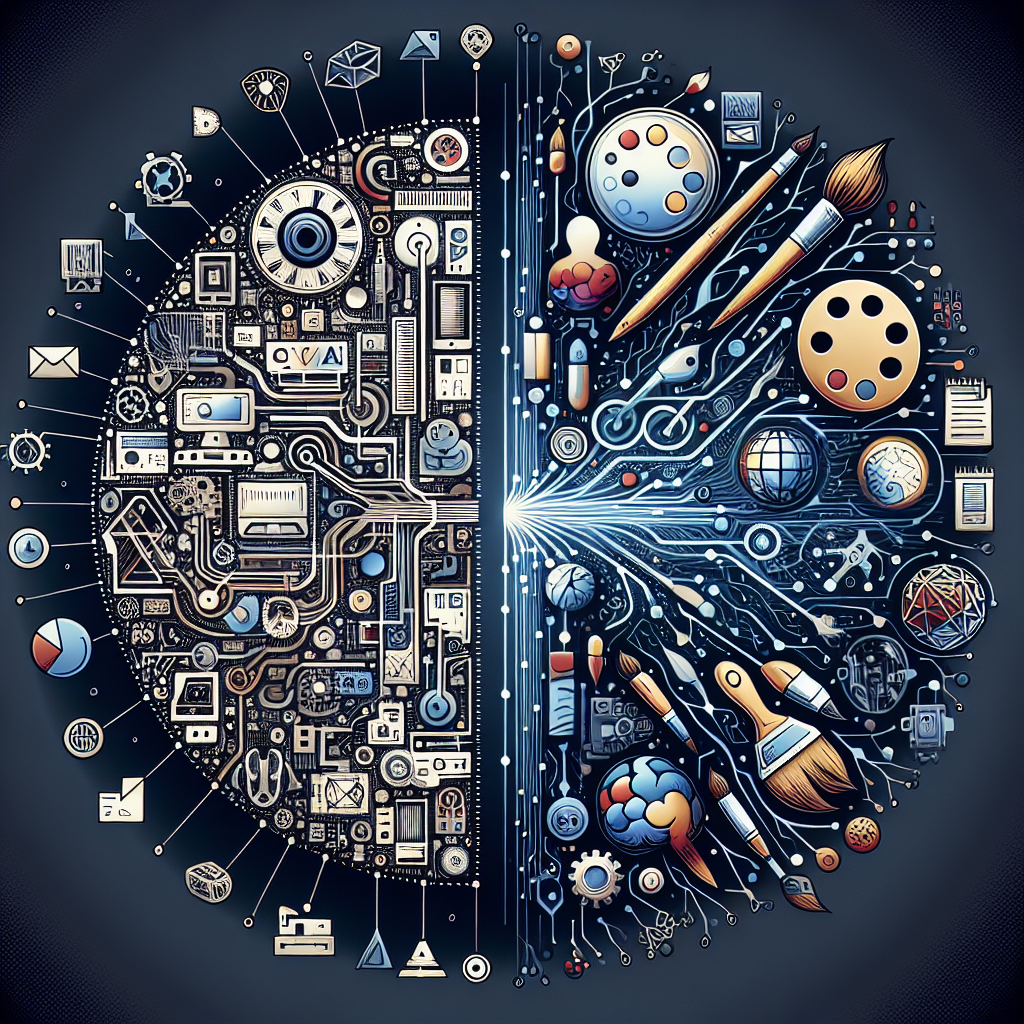Artificial Intelligence (AI) has been revolutionizing the field of graphic design in recent years, offering powerful automation tools that can streamline the design process and enhance creativity. From generating design ideas to optimizing workflow efficiency, AI is transforming the way designers work and pushing the boundaries of what is possible in the world of visual communication.
The Power of Automation
One of the key benefits of AI in graphic design is its ability to automate repetitive tasks, freeing up designers to focus on more creative and strategic aspects of their work. For example, AI-powered tools can generate design ideas based on user input, analyze data to identify trends and preferences, and even optimize design layouts for maximum impact.
AI can also help designers work more efficiently by automating tasks such as image editing, color correction, and font selection. By harnessing the power of machine learning algorithms, designers can speed up their workflow and deliver high-quality designs in less time.
Another advantage of AI in graphic design is its ability to enhance creativity and inspire new ideas. AI-powered tools can analyze vast amounts of data to identify patterns and trends, helping designers discover new concepts and approaches that they may not have considered on their own. By leveraging AI, designers can push the boundaries of their creativity and produce innovative designs that captivate audiences.
Furthermore, AI can assist designers in creating personalized and targeted designs that resonate with specific audiences. By analyzing user data and preferences, AI can help designers tailor their designs to meet the unique needs and expectations of different user segments. This level of personalization can lead to more engaging and effective designs that drive results for businesses and brands.
Overall, the power of automation in graphic design is transforming the industry and empowering designers to achieve new levels of creativity, efficiency, and impact.
FAQs
Q: How is AI used in graphic design?
A: AI is used in graphic design to automate repetitive tasks, generate design ideas, optimize workflow efficiency, enhance creativity, and personalize designs for specific audiences. AI-powered tools can analyze data, identify trends and preferences, and streamline the design process to help designers work more efficiently and deliver high-quality designs.
Q: What are some common AI-powered tools used in graphic design?
A: Some common AI-powered tools used in graphic design include Adobe Sensei, Canva’s Design AI, Tailor Brands, and Piktochart. These tools leverage machine learning algorithms to automate tasks such as image editing, color correction, font selection, and layout optimization, helping designers streamline their workflow and enhance creativity.
Q: How does AI enhance creativity in graphic design?
A: AI enhances creativity in graphic design by analyzing vast amounts of data to identify patterns and trends, helping designers discover new concepts and approaches that they may not have considered on their own. By leveraging AI, designers can push the boundaries of their creativity and produce innovative designs that captivate audiences.
Q: How can AI help designers create personalized designs?
A: AI can help designers create personalized designs by analyzing user data and preferences to tailor designs to meet the unique needs and expectations of different user segments. By personalizing designs, designers can create more engaging and effective designs that resonate with specific audiences and drive results for businesses and brands.

